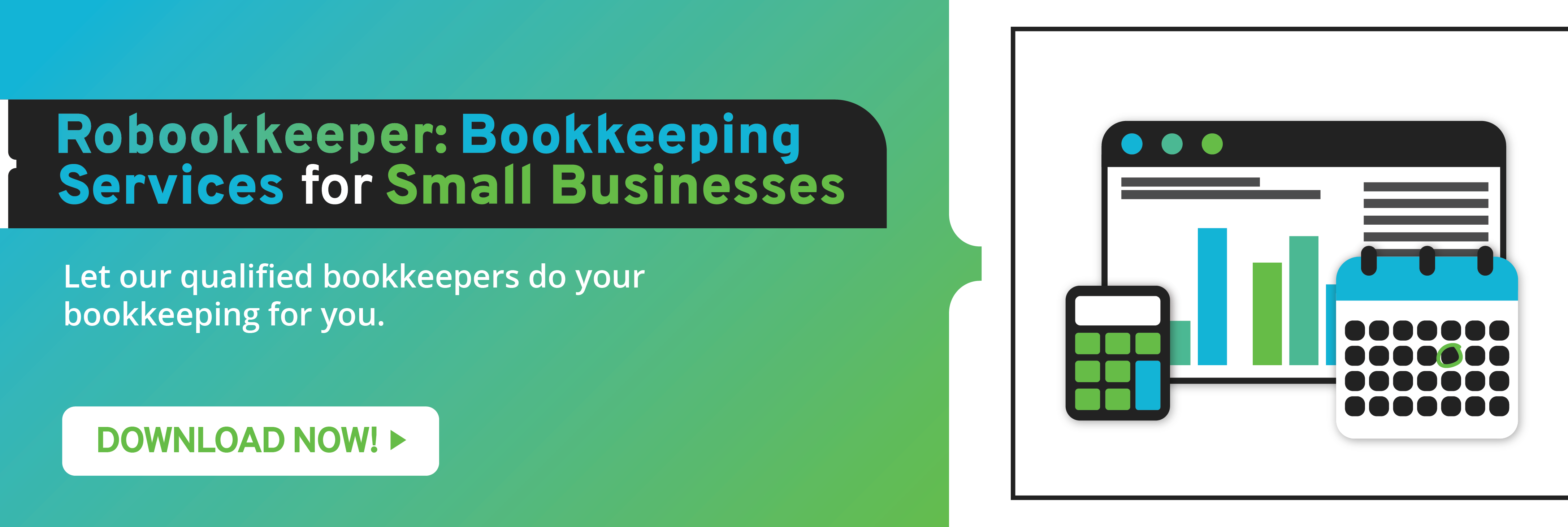As a small business owner, you should implement a specific accounting method when you manage inventory. One such approach to consider is the last-in, first-out method. This makes the assumption that you sold the most recent inventory first.
The Advantages of Using LIFO
The LIFO inventory method provides small businesses with many advantages such as:
- LIFO is a popular choice for companies because of the tax benefits it creates. When you use this method during times of inflation, your income statements don’t show an overstatement of profit. This is so because the higher prices of the inventory you bought are matched against your business’ revenues. The lower income tax provides you with some financial flexibility and improves cash flow.
- LIFO provides you with a clearer view of your company’s current earnings compared to the FIFO method. This is so because LIFO matches recent costs with current revenues. On the other hand, FIFO matches current revenues with old costs. During times of inflation, the FIFO method overstates profit while understating costs of goods sold (COGS). The LIFO method reduces the overstatement of profit and understatement of COGS.
- This method reduces the impact of a decline in prices in the future. This is so because businesses that implement LIFO move the most current inventory first, which companies buy at a higher price. This means that the products remaining in their inventory don’t match current prices.
These advantages are just some of the reasons both big and small businesses use the LIFO inventory method. Factor these into your decision on which accounting method to use for your company.
Only looking at the advantages of LIFO doesn’t give you a clear picture of its usefulness to your small business. You also have to review its disadvantages so that you can make the best decision for your company.
The Disadvantages of Using LIFO
These are some of the disadvantages of using LIFO.
- Using this method results in an understated inventory number in your company’s balance sheet. This occurs because one of the factors used in computing inventory value is older costs. The understated inventory figure will also show worse working capital.
- Your reported earnings will look low during times of inflation when you use LIFO. Some potential investors or lenders may not lend you the amount of money you want because of the low earnings in your income statement.
- Some businesses may manipulate their income by using the LIFO method. They can do this by changing their purchasing behavior at the end of the year.
- Because of the way LIFO computes costs of goods sold and values inventory, companies that use this method may develop poor purchasing behavior whenever they re-stock.
These are the pros and cons of the LIFO inventory method. Knowing these allow you to determine if this approach is suitable for your small business. This method affects the amount of taxes you have to pay, costs of goods sold and inventory value.
If you need help with some of your bookkeeping tasks, we at Robookkeeper can assist you. We offer small businesses first-rate outsourced bookkeeping services. We can connect you with an experienced virtual bookkeeper that can do your bookkeeping for you.



